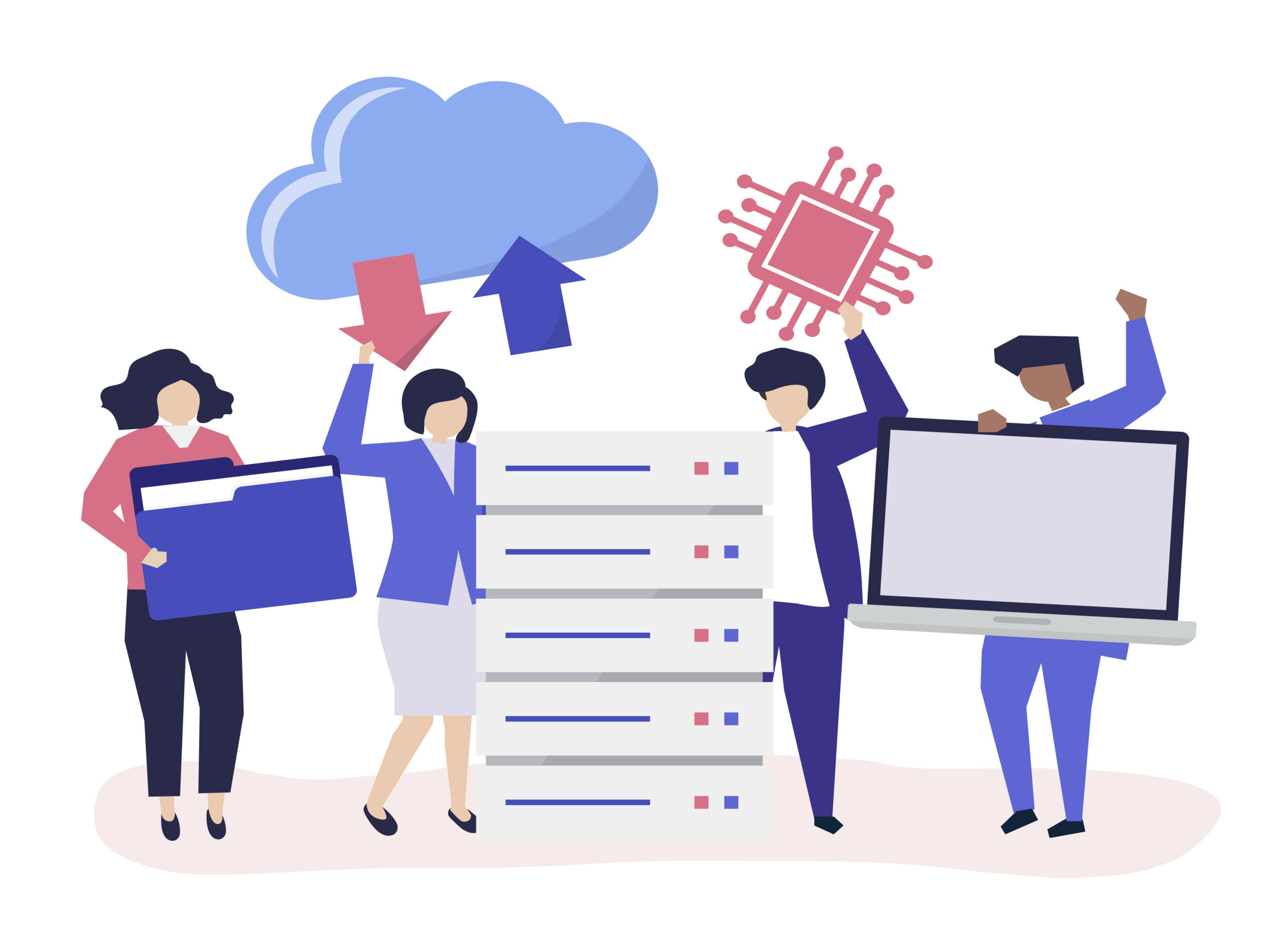Network Protection
Multifactor Authentication (MFA)
Two-factor authentication (2FA) is the simplest, most effective way to make sure users really are who they say they are. But, not every two-factor solution is the same. Some vendors only provide the bare minimum needed to meet compliance requirements – and some carry lots of hidden costs for deployment, operation and maintenance. Plus, many traditional solutions are clunky, error-prone and require extensive user training and support – costing your employees time and productivity.


Password Management
Mitigates Risk of Data Breaches
Create random, high-strength passwords for all your websites and applications then stores them in a secure vault on all your devices.
Bolsters Password Security and Privacy
Each employee gets a private, encrypted vault for storing and managing their passwords, credentials, files and private client data.
Boosts Employee Productivity
Saves employees time, frustration and eliminates the need for them to reset, reuse and remember passwords.
Strengthens Compliance Standards
Supports role-based controls, 2FA, auditing, event reporting and industry compliance with HIPAA, DPA, FINRA, GDPR and more.
Single Signon (SSO)
- Frictionless user experience through single sign-on (SSO)
- Simplified app deployment with a centralized user portal
- Ability to enforce strong risk-based access policies with identity protection and Conditional Access
- Automated provisioning workflows and self-service tools to help you reduce IT costs


Azure Active Directory
Unburden users of having to memorize credentials for different apps or reusing weak passwords, increasing the risk of data breach. With Azure AD, users can conveniently access all their apps with SSO from any location, on any device, from a centralized and branded portal for a simplified user experience and better productivity.
